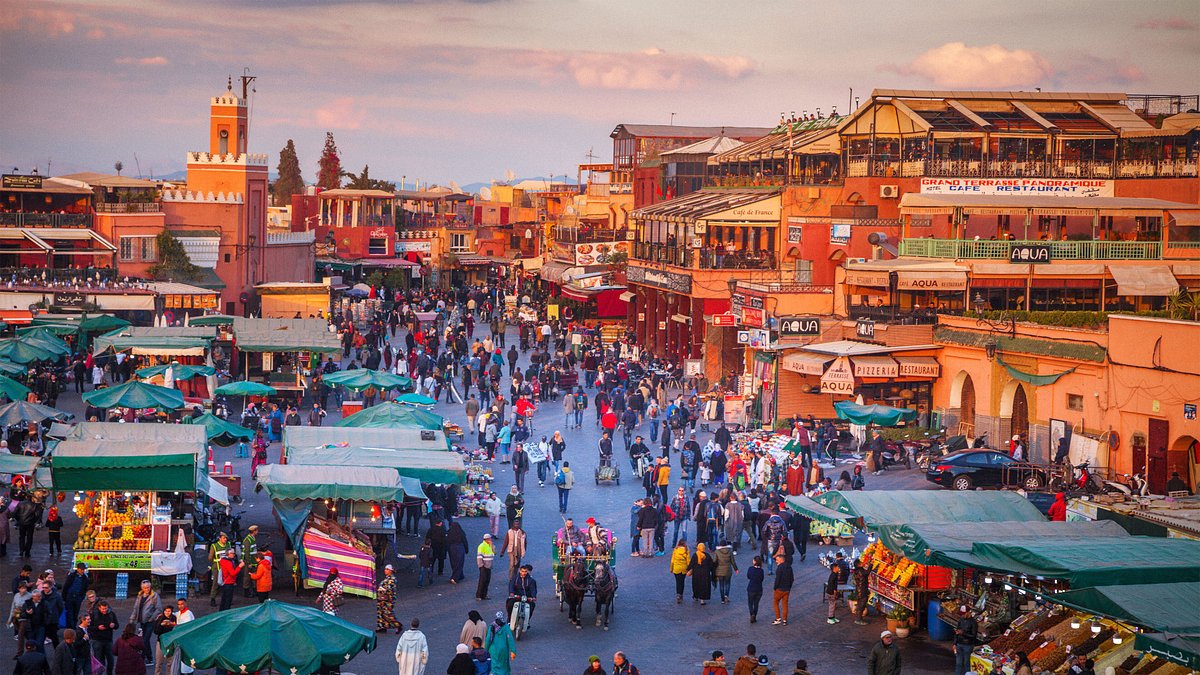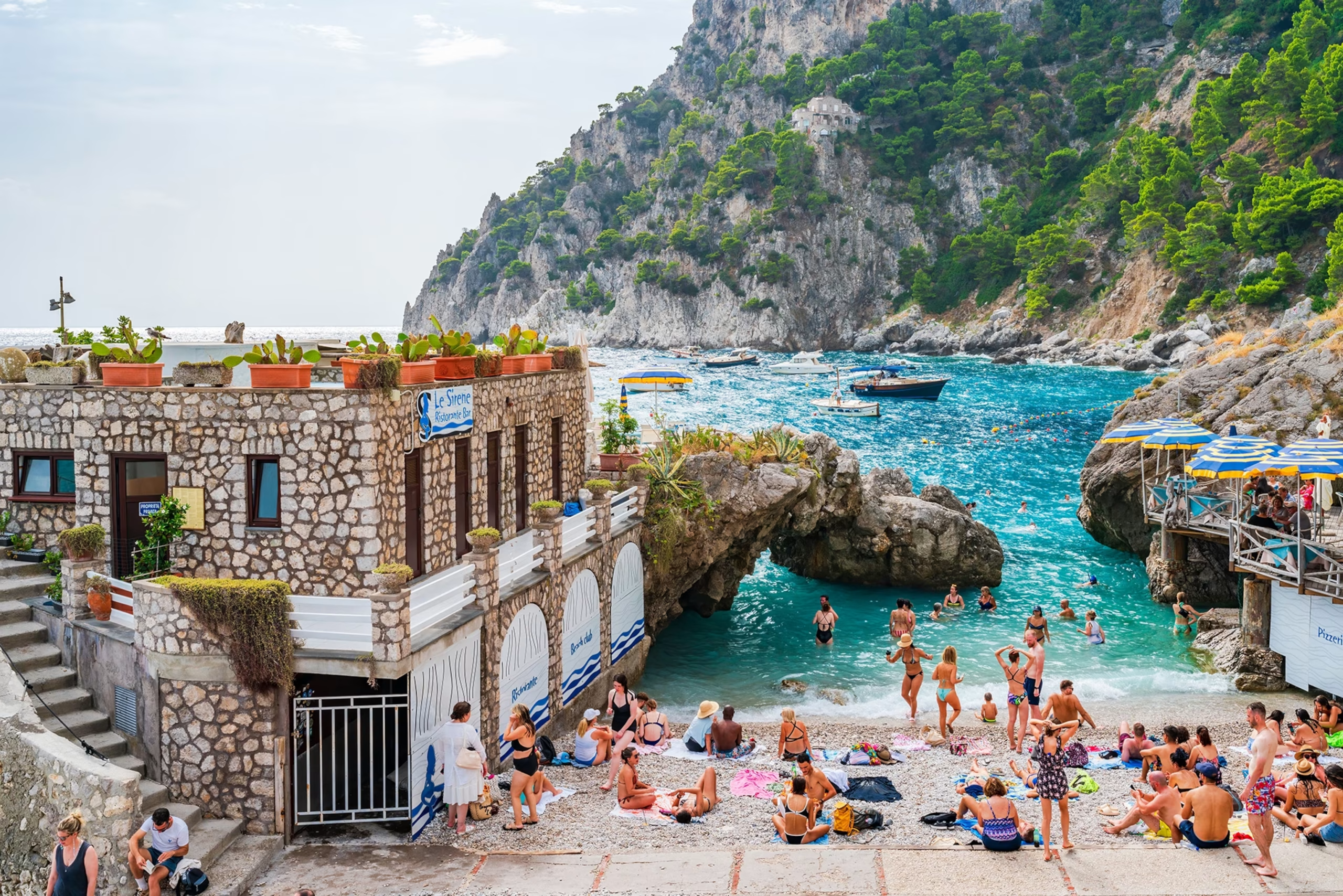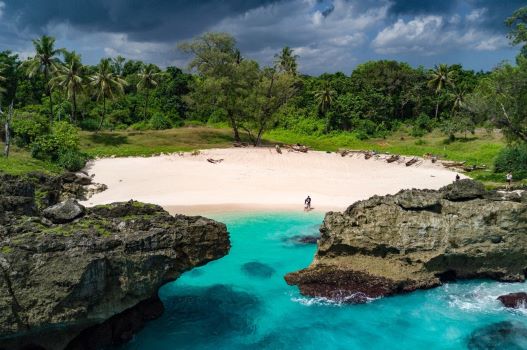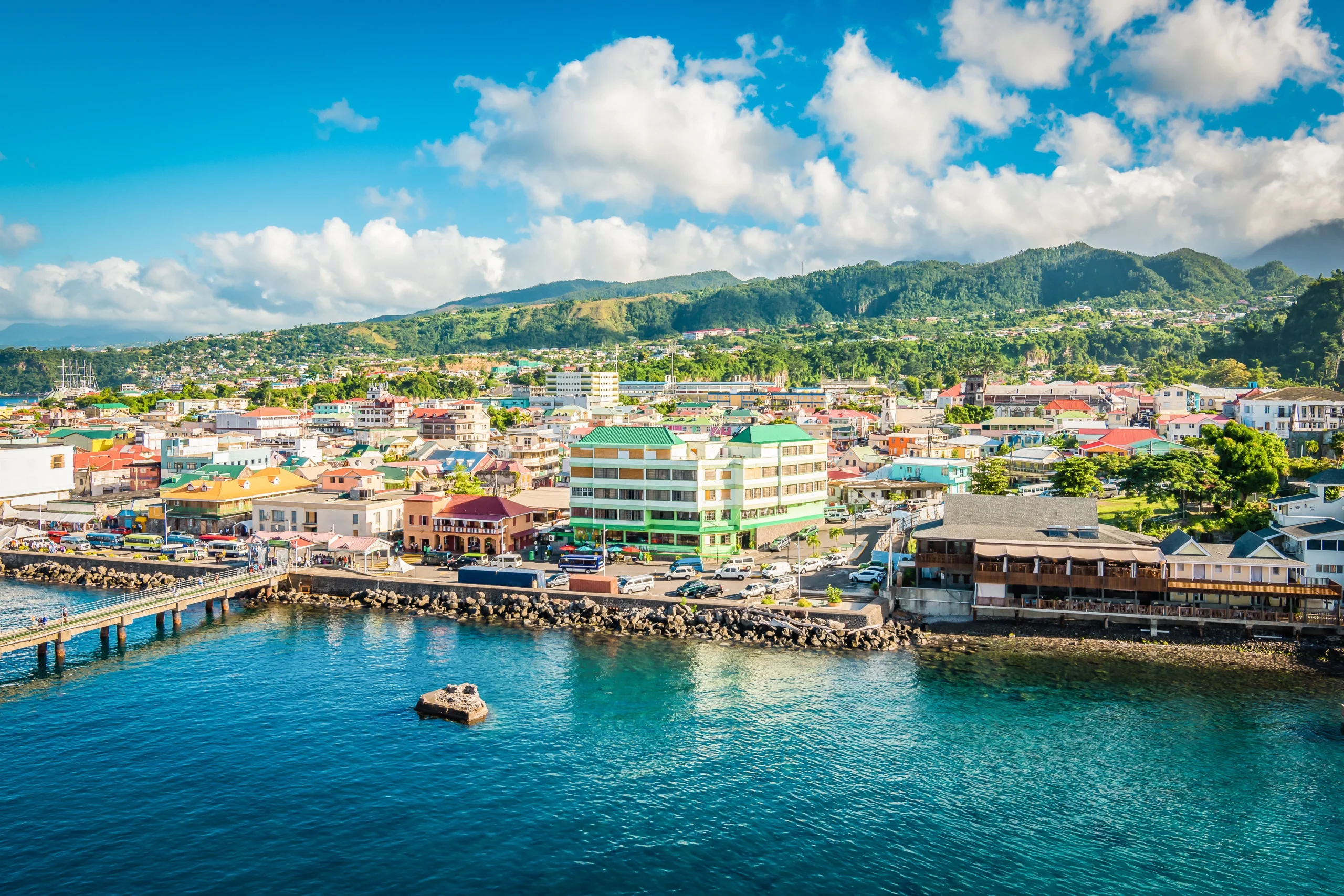vacationhavenhome.com – Marrakech, often referred to as the “Red City” due to its iconic red sandstone buildings, is one of Morocco’s most enchanting destinations. Nestled at the foot of the Atlas Mountains, this vibrant city offers an unforgettable mix of history, culture, and modernity. With its bustling souks, historic landmarks, and serene gardens, Marrakech is a city that captivates all who visit.
A Journey Through History
Founded in 1070 by the Almoravid dynasty, Marrakech has a rich history that has shaped its architecture and culture. The city served as a political, economic, and cultural hub, influencing much of North Africa. Over the centuries, its rulers adorned Marrakech with palaces, mosques, and gardens, many of which remain today as symbols of its glorious past.
The Medina, a UNESCO World Heritage site, is the historic heart of Marrakech. This labyrinthine old city is filled with narrow alleyways, bustling markets, and centuries-old buildings. Walking through the Medina is like stepping back in time, offering a glimpse into Marrakech’s storied past.
Iconic Landmarks
Marrakech is home to numerous landmarks that showcase its cultural and architectural heritage:
- Jemaa el-Fnaa:
- The city’s main square and cultural epicenter, Jemaa el-Fnaa is alive with activity day and night. From snake charmers and street performers to food vendors and storytellers, this vibrant space offers an authentic taste of Moroccan life.
- Koutoubia Mosque:
- The largest mosque in Marrakech, the Koutoubia Mosque is a stunning example of Almohad architecture. Its 77-meter-tall minaret serves as a symbol of the city.
- Bahia Palace:
- A 19th-century masterpiece, the Bahia Palace is known for its intricate tilework, lush gardens, and grand courtyards. It offers a glimpse into the opulence of Moroccan royalty.
- Saadian Tombs:
- Rediscovered in 1917, these tombs date back to the Saadian dynasty (16th century). The elaborate decorations and serene atmosphere make them a must-visit site.
- Majorelle Garden:
- A peaceful oasis amidst the city’s hustle, this garden was designed by French artist Jacques Majorelle and later restored by fashion designer Yves Saint Laurent. Its cobalt-blue buildings and exotic plants are a photographer’s dream.
The Vibrant Souks
The souks (markets) of Marrakech are a sensory feast. Each souk specializes in different goods, from spices and textiles to pottery and jewelry. Bargaining is a way of life here, and exploring these markets is an adventure in itself. Popular items include handmade rugs, leather goods, and traditional Moroccan lanterns.
Cuisine: A Culinary Adventure
Marrakech offers a rich culinary experience that reflects its diverse cultural influences. Some must-try dishes include:
- Tagine: A slow-cooked stew of meat, vegetables, and spices served in a conical clay pot.
- Couscous: Morocco’s staple dish, often served with vegetables and lamb or chicken.
- Pastilla: A savory-sweet pastry filled with spiced meat and almonds, dusted with powdered sugar.
- Mint Tea: Known as “Moroccan whiskey,” this sweet tea is a symbol of hospitality and a staple of Moroccan culture.
Foodies will also love the street food at Jemaa el-Fnaa, where stalls serve up everything from grilled meats to fresh orange juice.
Adventure and Exploration
For those seeking adventure, Marrakech is a gateway to the great outdoors. The nearby Atlas Mountains offer opportunities for hiking, trekking, and exploring Berber villages. The Agafay Desert, just a short drive from the city, provides a taste of the Sahara with camel rides and luxury desert camps.
The Marrakech Riads
One of the most unique aspects of staying in Marrakech is the opportunity to stay in a traditional riad. These boutique guesthouses, often located within the Medina, feature stunning courtyards, intricate tilework, and rooftop terraces. Riads provide an intimate and authentic Moroccan experience.
Festivals and Events
Marrakech hosts several festivals throughout the year, celebrating its rich culture and traditions:
- Marrakech International Film Festival: Attracting filmmakers and stars from around the world.
- Marrakech Popular Arts Festival: Showcasing traditional music, dance, and storytelling.
- Ramadan and Eid Celebrations: Offering a chance to experience Morocco’s religious and cultural heritage.
Practical Tips for Visiting
- Best Time to Visit:
- The spring (March-May) and autumn (September-November) months offer pleasant weather, ideal for exploring the city.
- Currency:
- The local currency is the Moroccan Dirham (MAD). Cash is preferred in the souks and smaller establishments.
- Dress Code:
- While Marrakech is relatively liberal, modest clothing is recommended, especially in the Medina and religious sites.
- Transportation:
- Walking is the best way to explore the Medina. For longer distances, taxis and horse-drawn carriages are common.
Conclusion
Marrakech is a city of contrasts, where ancient traditions meet modern luxuries. Its vibrant culture, historic landmarks, and warm hospitality make it a destination like no other. Whether you’re wandering through the bustling souks, relaxing in a riad, or marveling at the beauty of the Atlas Mountains, Marrakech promises an unforgettable journey filled with discovery and wonder.





